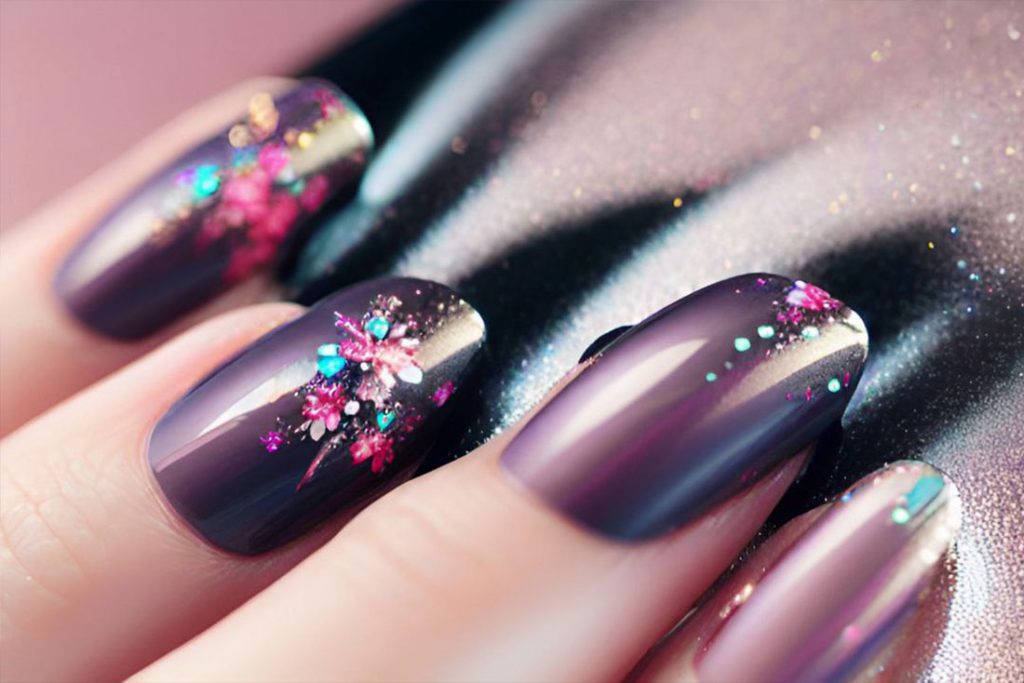A Deep Dive Into the Natural Nail Unit: An Essential Guide for Cosmetologists
A cosmetologist’s work isn’t just about enhancing beauty; it’s about understanding the biological structures they work with daily to provide their clients with the most effective, personalized treatments. Among these structures, the natural nail unit holds a prominent place. The natural nail, referred to as the onyx, isn’t merely a surface for polish application; it’s a complex structure with its characteristics and requirements. In this article, we delve deep into understanding the natural nail unit, its composition, and features of a healthy nail – essential knowledge for every professional in the cosmetology field.

Nail
The Natural Nail Unit: An Overview
The natural nail unit encompasses all parts of the finger from the tip to the first knuckle. This system, though small in comparison to other bodily systems, plays a crucial role in our daily lives, from protecting the fingertip to enhancing tactile sensitivity. For a cosmetologist, the nail unit is a canvas that offers myriad opportunities for beautification and personal expression.
Composition of the Natural Nail
At its core, the natural nail, or onyx, is composed primarily of keratin – a tough, fibrous protein that’s also found in skin and hair. But the keratin in nails is notably more durable than that in hair or skin, giving the nail its hard, protective quality. This robustness comes from the high level of sulfur bonds between the keratin proteins, which creates a denser and more resilient structure.
The natural nail comprises several components, including the nail plate (the visible part of the nail), the nail bed (the skin beneath the nail plate), the cuticle (a thin layer of skin that seals the space between the nail plate and the skin of the finger), the nail folds (the skin frames on the sides of the nail), and the lunula (the white, half-moon shape at the base of the nail). Each part plays a specific role in the health and growth of the nail, making the nail unit an incredibly intricate and dynamic system.

The Hallmarks of a Healthy Nail
Knowing what a healthy nail looks like is crucial for a cosmetologist, as it helps them recognize potential issues and provide the most appropriate care. A healthy nail displays several distinctive characteristics:
Firmness and Flexibility: A healthy nail should be firm but not rigid. It should have a certain degree of flexibility, allowing it to withstand impacts without breaking or cracking. This balance between firmness and flexibility is key to maintaining the nail’s integrity and function.
Color and Shine: Healthy nails typically have a shiny surface and a slightly pink color, indicating a rich blood supply to the underlying nail bed. However, variations in nail color can be normal, especially among individuals with darker skin tones, whose nails may appear more beige or light brown.
Surface Integrity: The surface of a healthy nail is generally smooth and unspotted, devoid of splits or deep grooves. These imperfections can be signs of nail disorders, nutritional deficiencies, or systemic diseases.
Translucency: A healthy nail is also translucent, allowing the pinkish or beige color of the nail bed to show through. Changes in the nail’s translucency can be indicative of fungal infections or other nail conditions.
In conclusion, understanding the natural nail unit’s intricate details enables cosmetologists to deliver superior care and services. With a solid foundation in the nail’s structure and health indicators, professionals can more effectively recognize and address potential problems, provide accurate advice, and ultimately, help their clients maintain beautiful, healthy nails.






